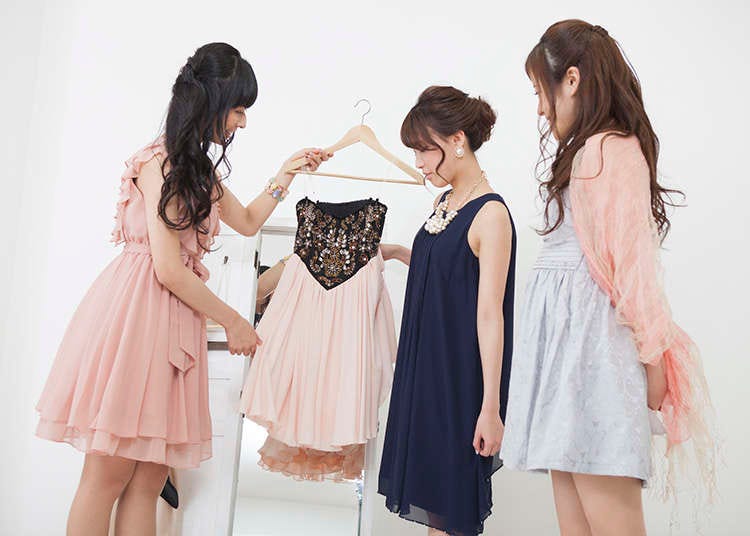
When it comes to fashion in Japan, you may think of kimono, hakama (a traditional Japanese trouser), and yoroi-kabuto (an armor and a helmet). You may also think of colorful clothing worn by Harajuku girls. Let me introduce you to a variety of Japanese fashion culture.
History of traditional national clothes in Japan
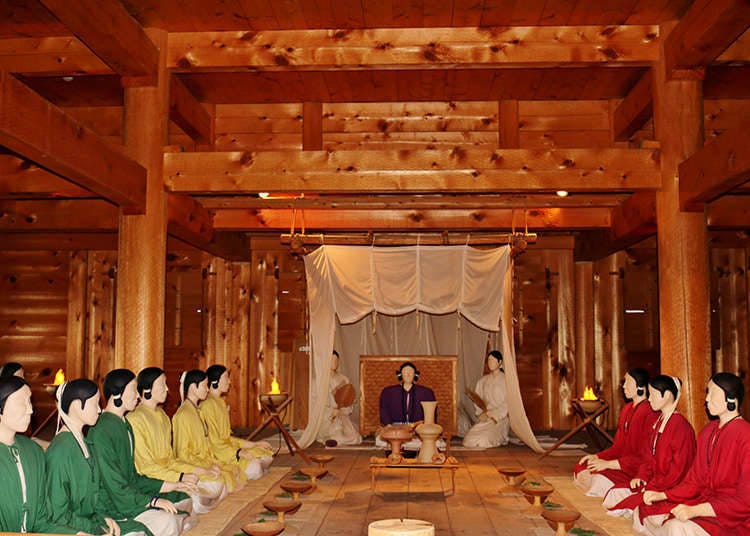
In ancient times, Japanese people used skins of animals they hunted to make them into simple clothes. Later, along with the development of civilization, Japan was influenced through interaction with other countries to dress in clothing made of fabrics. As entering the Middle Ages, the clothing gradually changed into something unique to Japan, which we believe is an original form of kimono. Among people of nobility, layered clothing became popular, and a beautiful clothing called juni-hitoe (twelve-layered ceremonial kimono) was created. Juni-hitoe portrayed different seasons and scenes by layering fabrics with different colors. Among commoners, linen-made kosode (short-sleeved kimono) with cylindrical sleeves was widely popular.
And here comes a modern-day kimono
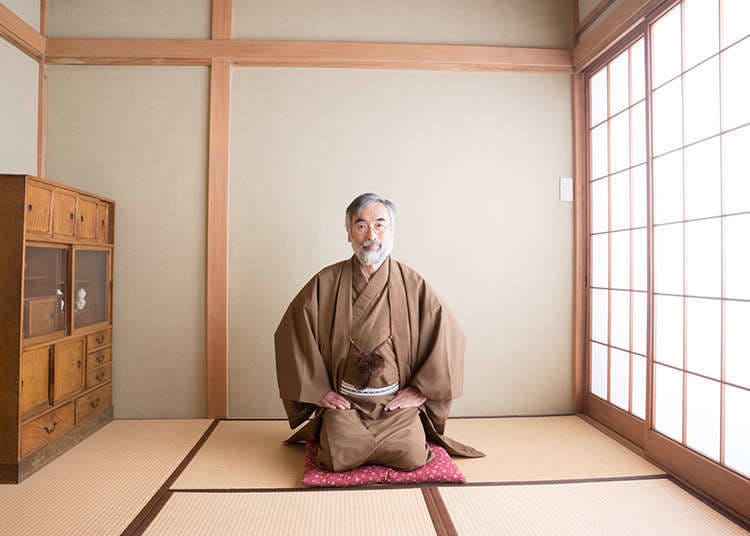
How people dressed was influenced by technological developments and changing times. Entering the war-torn era, people started wearing clothes that were easy to move. Regardless of sex or social status, people started wearing kosode. When Japan began to be influenced by western culture, colors of kosode also started changing, and it became popular to wear garish kosode with patterns. Around the same time, clothes stated to develop into modern-day kimono which was worn with hard, broad fabric belts around the waist.
Teens who enjoy fashion
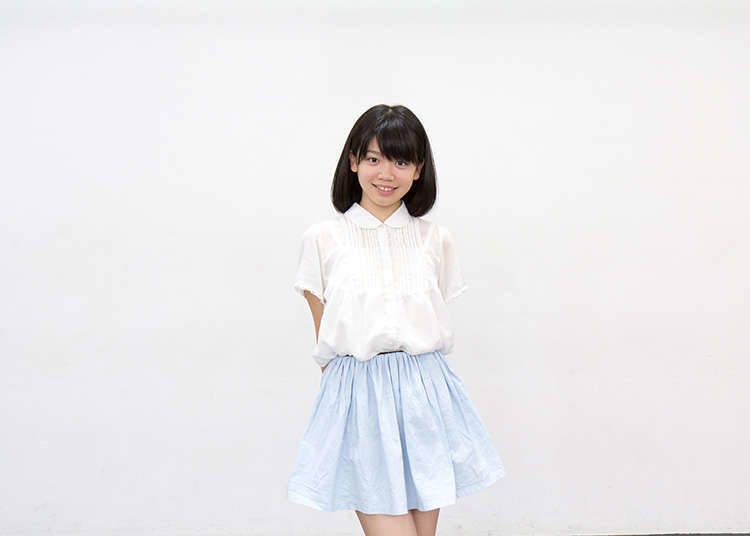
There are many types of ladies' fashion including a garish fashion worn by teens commonly seen in Japan's pop culture scene. Everyone enjoys their favorite kind of fashion.
A body type of Japanese does not vary much, so you will see many people, men and women alike, in unisex clothing.
Working people in their 20s
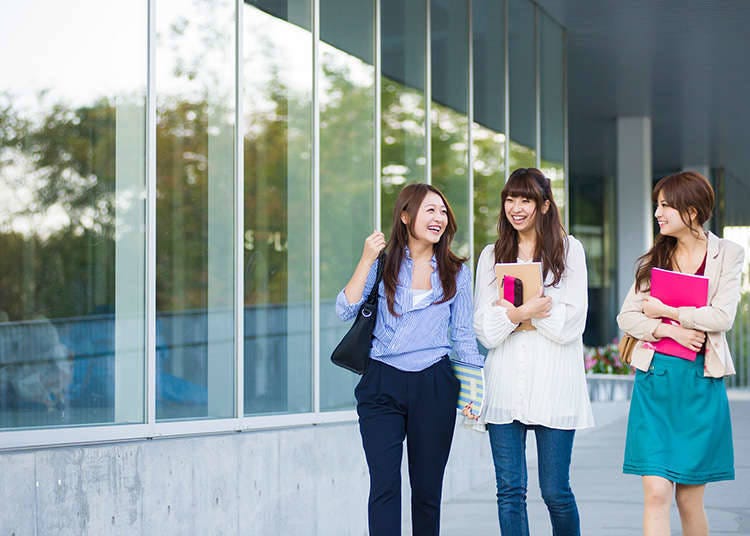
There are many women in their 20s who like to use brand-name items. Fashion varies among individuals, but even working women like to add some cute items to their fashion. As for men, it is a trend during the summer for them to wear shorts with the length just above their knees, and narrow trousers are preferred when it comes to long trousers. It is also unique to Japan that Japanese men like layered clothing.
Both clothing and life styles start changing in their 30s
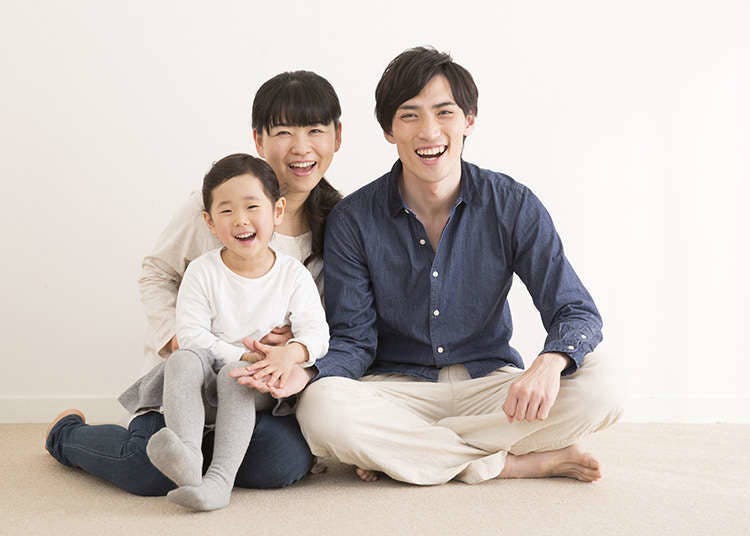
Fashion for people in their 30s tones down as their life changes. Women dress in fashionable clothing that hide their figures, instead of those that reveal their figures. As for men, they like to wear jackets or business shirts even when they are not working. They like to wear clothes that suit their body types, but make a favorable impression at the same time.
Facing a fork in the road for people in their 40s
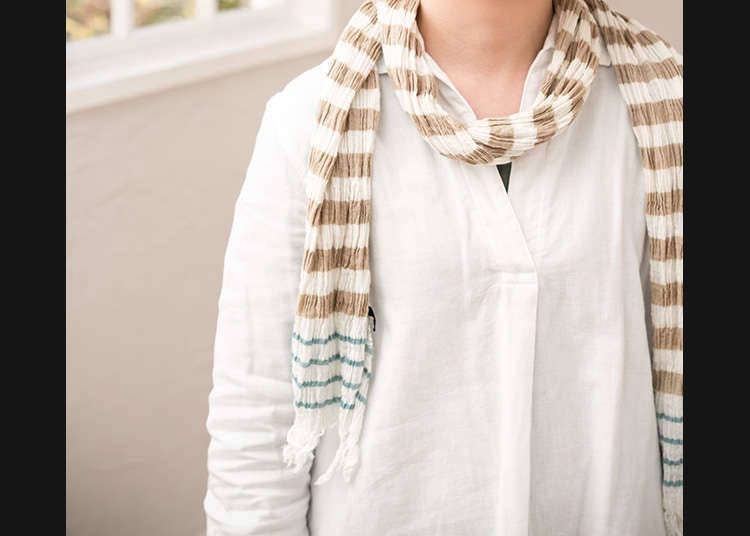
Many people in their 40s do not know what to wear. Clothing and body types of people at this age start showing some differences. Many people at this age do not care much about fashion, and you often see these people dress in over-sized clothing. Those who are fashion-sensitive add some brand-name items or trendy items to their chic fashion. It is common for both Japanese men and women to use anti-aging products. Also, so many people at this age wear clothes that are meant for younger people.
People in their 50s from the bubble economy era
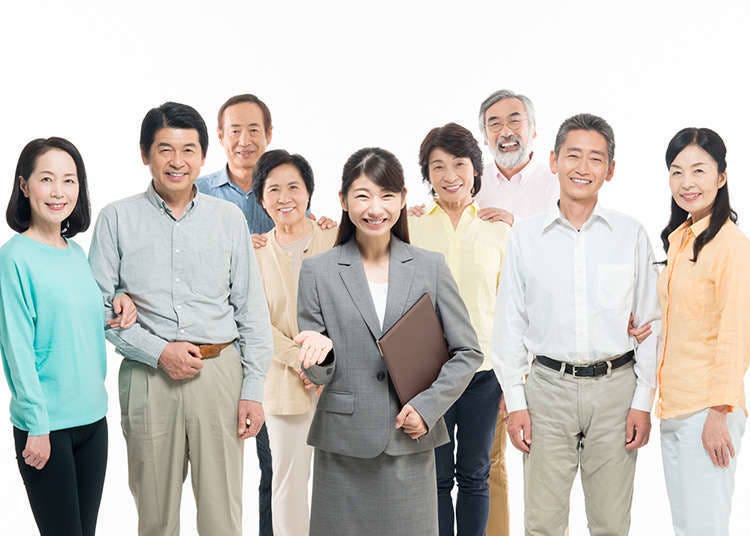
People in their 50s are settled in terms of life and money. People in this generation went through the bubble economy, and many are fashion savvy. Fashion with distinct characteristics is popular, such as a luxurious fashion from the west, and natural-style clothes made of organic materials. However, there are many who claim that they have lost their interests in fashion, and they, especially men, simply dress in whatever their partners picked for them.
Fashion for people in their 60s and above

Japanese people are known for their modesty. That can also be said to clothing worn by senior people in their 60s and above. They prefer to wear something in quiet, low-profile colors like gray, beige, and brown. However, many senior people have begun to enjoy fashion lately. Not many people wear Japan's traditional kimono now, but some senior people wear kimono as daily clothing.
- Area
- Category
*Prices and options mentioned are subject to change.
*Unless stated otherwise, all prices include tax.
Popular Tours & Activitiess
Recommended places for you
-
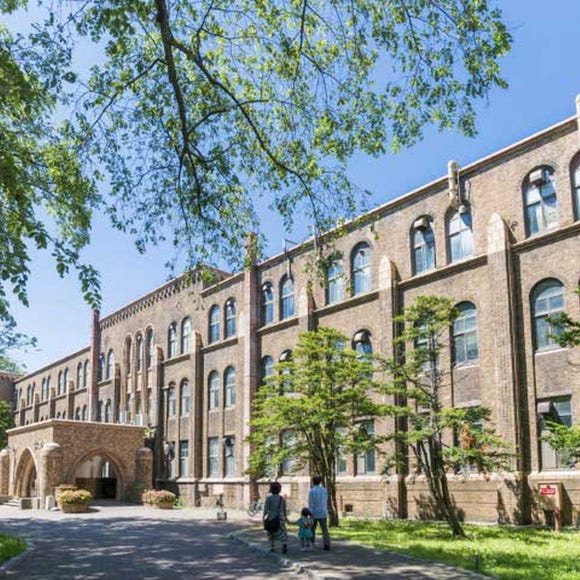
Hokkaido University
Other Architecture
Sapporo / Chitose
-
Appealing

Rukku and Uohei
Izakaya
Sapporo / Chitose
-

LakeAkan
Rivers, Lakes & Canyons
Abashiri
-

Sapporo Clock Tower
Landmarks
Sapporo / Chitose
-
Appealing

Mt. Hakodate Observatory
Forests & Mountains
Hakodate
-
Appealing

Sapporo Ramen Yokocho
Ramen
Sapporo / Chitose
-

Strawberries, Style, and Tokyo’s Coolest Neighborhood: Winter Afternoon Tea in Kichijoji
by: Guest Contributor
-

How to Get Don Quijote's Exclusive 2025-2026 Winter Gift (+Tax-Free Savings)
-

First Japan Cherry Blossom 2026 Forecast Announced! Here's When & Where to See Sakura in Japan
-

Japan’s Shinkansen Is About to Change Travel in an Unexpected Way
by: Guest Contributor
-

Jujutsu Kaisen Takes Over JR East With a Wrapped Shinkansen This Winter
by: Guest Contributor
-
Ad

Complete Guide to Ueno's National Museum of Nature and Science, the Perfect Place to Visit on Rainy Days or With Children
-

Hokkaido Lavender Fields: 6 Best Places in Furano to See Japan's Dreamiest Purple Meadows
by: Nobuka Kawashima
-

6 Surprisingly Cheap Things in Japan
-

(Video) Walking Tour along Narita Omotesando - Quaint Historical Village near Narita Airport!
by: Victor Gonzalez
-

JR Edition: Visit all of Tokyo in one Day with the Tokyo Metropolitan District Pass!
-

Top 5 Things to Do in Hokkaido's Biei and Furano Area: Shirogane Blue Pond, Lavender Fields, And More!
-

Visiting Hokkaido Japan: 14 Things to Know Before Traveling to Japan's Wild North
- #best sushi hokkaido
- #things to do hokkaido
- #best ramen sapporo
- #what to bring to japan
- #new years in tokyo
- #what to buy in ameyoko
- #japanese nail trends
- #what to do in odaiba
- #onsen tattoo friendly tokyo
- #daiso
- #best sweets otaru
- #japanese fashion culture
- #best nature furano
- #japanese convenience store snacks
- #best japanese soft drinks
















